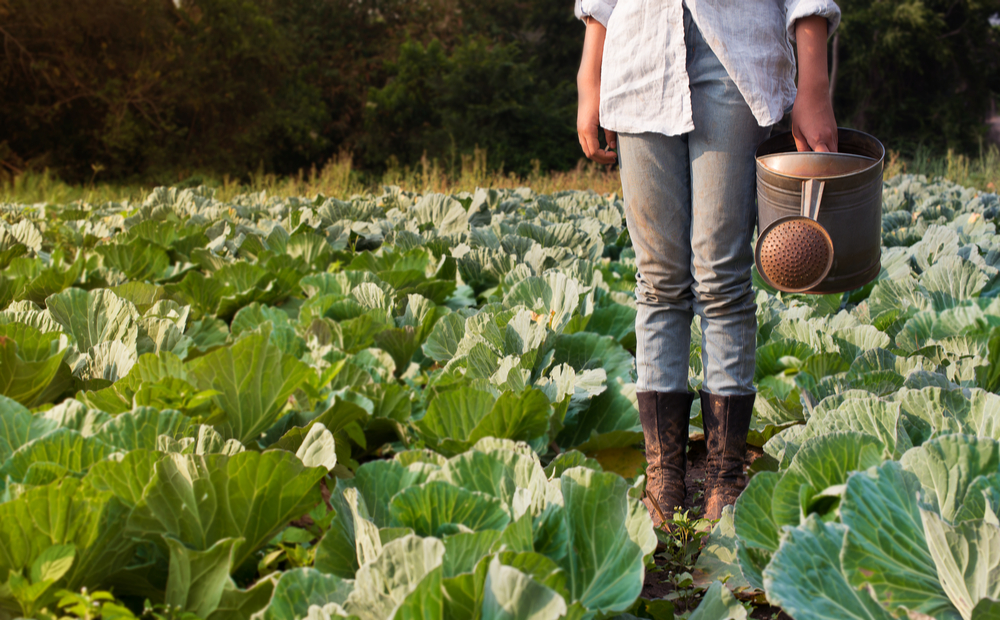
Inadequate evidence in trade mark proceedings: a ‘harey’ mistake to make


Quality over quantity, the age-old saying stands. Not appreciating this can prove fatal, as demonstrated in a recent trade mark hearing.
This is yet another case before the UK IPO that demonstrates the need to ensure that the right type of evidence is filled. Opposition cases may otherwise be compromised, and even lost, due to lack of sufficient evidence.
In the Spring of 2020, Little Hare Gin Company Limited applied to register a series of six trade marks for 'LITTLE HARE GIN' in the UK in classes 16, 25, 33, 40, 41 and 43. Harrogate Distillery Ltd T/A Whittaker's Gin ("Whittaker's") opposed the application in relation to class 33 for gin under sections 5(3) and 5(4)(a) of the Trade Marks Act 1994 (the "Act") on the basis of its earlier trade mark registration for an image of a leaping hare.
Central to these grounds was the need for Whittaker's to prove, through evidence, that it had a reputation/goodwill in its trade mark.
After considering the facts, the Hearing Officer found that these grounds could not be established, as the evidence was inadequate to prove the reputation or goodwill of the opponent's trade mark.
Section 5(3)
Under this ground, Whittaker's argued that it had obtained a first-class reputation in the gin industry, and that use of the applied for trade mark would take unfair advantage, or be detrimental to the repute or distinctive character of its trade mark.
In order to find unfair advantage or detriment to reputation, a sufficient reputation for the earlier mark must first be established. A reputation is never assumed, and the burden is on the opponent to prove its reputation in the required field, through the submission of evidence. The relevant date for any evidence is the filing date of the application at issue.
Whittaker's submitted two witness statements complete with a total of 20 exhibits (including photographs, details of awards, products and print outs of third-party websites). Despite all of these submissions, the Hearing Officer found the evidence to be wholly inadequate, primarily because the majority of the evidence either did not contain nor concern the trade mark in question, was after the relevant date, or was undated. In addition, the witness statements made several claims which were not supported by any evidence.
As no reputation could be found for the mark, the opposition under section 5(3) failed before it even got out the starting blocks.
Section 5(4)(A)
A trade mark will not be registered if it would infringe an earlier right, such as an unregistered trade mark under the law of passing off. To claim such an earlier right, the opponent must first show that it has the requisite goodwill in its earlier mark.
The Hearing Officer found that the opponent had not actually provided any evidence of its trading activities and, therefore, no goodwill could be established. Subsequently, the opposition under section 5(4)(a) also failed at the first hurdle.
Comment
Charlene Nelson, Chartered Trade Mark Attorney, said: "This is yet another case which demonstrates the importance of filing the right type of evidence and making the necessary links between the evidence and the use of the trade mark. Also, the evidence filed needs to meets the basic requirement of being within the right timeframe and support any assertions."














